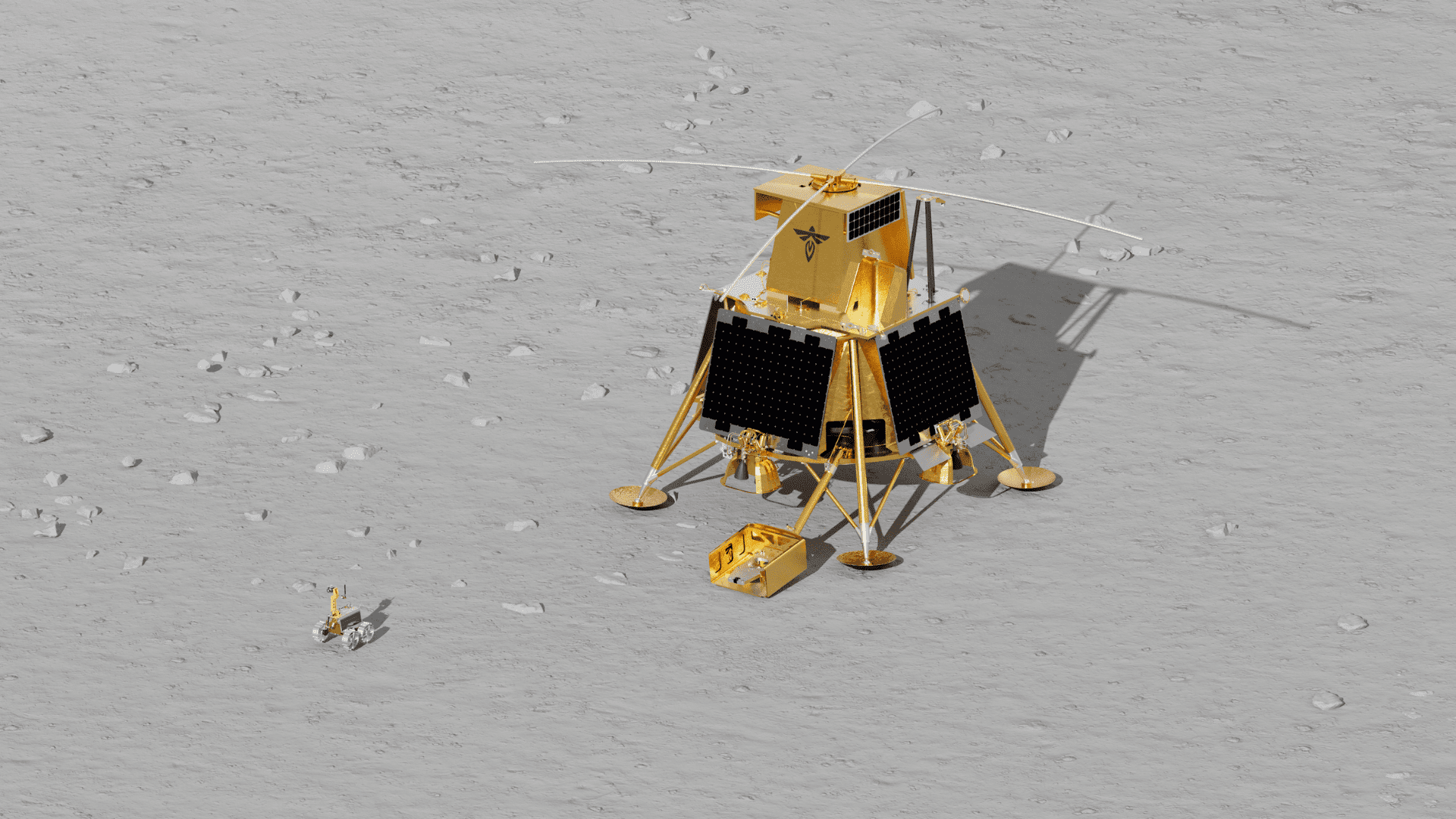The Sun is unpredictable, especially its “weather.” With IBM’s help, NASA created an AI model that could provide solar weather forecasts. Specifically, the agency wants to forecast solar storms. Its new AI tool was trained on nine years’ worth of non-stop data from the Solar Dynamics Observatory (SDO).
According to NASA, it’s designed to rapidly sift through loads of solar data to help scientists manage solar eruptions and the solar storms they create. These solar storms directly impact critical technology on Earth, and scientists want to address that.
Powerful AI to Tame Solar Storms

For almost 15 years, the SDO has given scientists crystal-clear looks at the Sun. The observatory snaps a picture of the Sun every 12 seconds. According to NASA, this steady data stream is perfect for training AI. It helps the agency’s newest tool, Surya, spot the Sun’s subtle behavioral changes that may be invisible in shorter datasets.
Its strength relies on raw data. The AI tool adapts quickly to new tasks, such as forecasting flare activity, predicting solar wind speed, and integrating data from other missions.
The stakes are high in the battle against this phenomenon, which negatively impacts Earth’s crucial technology. For example, a solar storm could disrupt your GPS or knock out a satellite signal to overwhelm a power grid. In addition, the storms pose a radiation risk to astronauts and people on high-altitude flights.
Forecasting Flares
According to NASA, the AI model provides early warnings to satellite operators and other industries, giving them time to prepare.
“We are advancing data-driven science by embedding NASA’s deep scientific expertise into cutting-edge AI models,” said Kevin Murphy, NASA’s chief science data officer. “This model empowers a broader understanding of how solar activity impacts critical systems and technologies that we all rely on here on Earth.”
NASA scientists say the early results are encouraging, and Surya is making “huge” progress with solar flare forecasting.
Forecasting solar storms has been and continues to be a challenge, and the initial results reportedly beat current systems by 16%. According to NASA, the system can also create visual predictions of a solar flare’s path up to two hours before.
“Our society is built on technologies that are highly susceptible to space weather,” said Joseph Westlake, Heliophysics Division director at NASA Headquarters. “Applying AI to data from our heliophysics missions is a vital step in increasing our space weather defense to protect astronauts and spacecraft, power grids and GPS, and many other systems that power our modern world.”







